
by Lara Land | Apr 23, 2023 | COACHING, COMMUNITY, LAND BLOG, LARA LAND, Self Improvement, SELF-IMPROVEMENT
The yoga “scene” in the west is driven by systems. We have Iyengar Yoga, Ashtanga Yoga, Vinyasa Yoga, Yin Yoga, Restorative Yoga and on and on. New ones are being created regularly and it is often the case that when one gets a yoga teacher certification (YTT) in a particular yoga studio, they have learned a very specific and particular system that may not even translate outside that studio. This makes finding work teaching yoga very difficult, but that is for another blog.
What I wanted to discuss today is the way systems can help and harm individuals, especially trauma survivors, but including all of us.
Systems are a way of organizing and disseminating information. They help teachers to teach and us to learn and they reflect patterns, categories, and themes which are helpful to understand and be able to identify in teaching. They are never, however, an end all.
Most of us don’t actually fit into one system or way of learning or being.
It’s way more likely that parts of different approaches work best for us or that different yoga styles fit different periods in our life. As a teacher, being able to know many models and adapt for your individual students is a high level and under accessed skill. This is what we teach in trauma sensitive yoga and what we hope more yoga teachers will begin to excel at.
Let’s look at the technique of Tristana, central to Ashtanga Yoga as one example. When tristana, the 3-pointed focus of listening to breath, gazing at one point (drishti), and feeling the body’s position in space is taught in the Ashtanga Yoga model, it is taught as an all-in-one method for experiencing presence, and indeed it is a good technique for that for many people.
Some of us, especially if we are trauma survivors, however, find it challenging to focus on breathing or sometimes to be in our bodies. If it’s forced upon us, it could cause us to feel that we don’t belong or can’t do yoga.
However, with a slight teaching adjustment, Tristana could be the answer for trauma survivors seeking yoga. Instead of instructing that all three focus points must be implemented together, why not use the three-pointedness of the Tristana focus as a way that trauma survivors can move in and out of intensity with subtle shifts? Perhaps putting 90% of the focus on the gaze helps them to stay grounded in the posture. Then maybe they can shift a little more focus to breath on a day they feel more resourced.
There is so much that can be done here with Tristana and other parts of the Ashtanga and all yoga systems if we just take the time out to think on and get educated on trauma sensitivity, person centered practice and breaking the molds! If this is something that interests you, make sure to take a look at my YouTube talk, book, and sign up for the Person-Centered Practice Panel discussion on Zoom May 15th 7pm – 9pm eastern featuring Harmony Slater, Greg Nardi, Dr. Shyam Ranganathan, and myself.

by Lara Land | Apr 16, 2023 | COACHING, COMMUNITY, LAND BLOG, LARA LAND, Self Improvement, SELF-IMPROVEMENT
Eye Movement Desensitization and Reprocessing (EMDR) is a therapeutic technique that has been gaining popularity in recent years for the treatment of trauma.
EMDR was developed in the late 1980s by psychologist Francine Shapiro, who observed that rapid eye movements seemed to alleviate her own distressing thoughts and feelings. Since then, EMDR has been used to help individuals recover from various traumatic experiences, such as combat, sexual assault, natural disasters, and childhood abuse.
The efficacy of EMDR for trauma healing has been extensively studied, and neuroscience suggests that it is an effective treatment for trauma-related disorders such as post-traumatic stress disorder (PTSD), acute stress disorder (ASD), and other anxiety disorders. In fact, EMDR has been recognized as an evidence-based treatment by a number of organizations, including the American Psychological Association (APA), the World Health Organization (WHO), and the Department of Veterans Affairs (VA).
One of the key features of EMDR is the use of bilateral stimulation, which involves alternating stimulation of the left and right sides of the body. This can be done through eye movements, auditory tones, or physical tapping. The idea behind this technique is that it helps to activate the brain’s natural processing mechanisms, allowing the individual to reprocess traumatic memories in a way that reduces their emotional intensity and associated negative beliefs.
During an EMDR session, the therapist will guide the client through a series of steps that involve recalling a traumatic memory while engaging in bilateral stimulation. The therapist will also help the client to identify any negative beliefs or emotions associated with the memory, and work with them to develop more positive and adaptive beliefs. The goal is to help the client to reprocess the memory in a way that reduces its emotional impact and allows them to move forward with their life.
While the exact mechanisms behind EMDR are still not fully understood, research suggests that it may help to activate the brain’s natural healing processes by promoting neuroplasticity and facilitating the integration of emotional and cognitive information. EMDR has also been found to be effective for a wide range of individuals, including those who have not responded well to other forms of therapy.
In my latest episode of the Beyond Trauma podcast, I interview Rotem Brayer an EMDR therapist about trauma healing and why he believes EMDR is the choice modality for trauma healing. We discuss neuroscience, trauma, EMDR, and why we are seeing an increase in mental health disturbance despite all the advancements in medications. We also cover sleep, somatics, and community. I hope you’ll take a listen and drop a review!

by Lara Land | Apr 9, 2023 | COACHING, COMMUNITY, LAND BLOG, LARA LAND, Self Improvement, SELF-IMPROVEMENT
As a society, we are becoming increasingly aware of the impact of trauma on individuals and communities.
Trauma can arise from a wide range of experiences, including abuse, neglect, violence, accidents, natural disasters, and more. For people in the healing professions, including healthcare providers, therapists, counselors, and social workers, it is essential to have a deep understanding of trauma and its effects on patients and clients.
Trauma-sensitive care is an approach that recognizes the prevalence and impact of trauma and seeks to create an environment that promotes healing and safety. Trauma-sensitive care is not just about being aware of trauma; it also involves providing care that is supportive, compassionate, and respectful of the patient’s experiences and needs.
Here are some reasons why folks in the healing professions should have trauma sensitivity training:
- Trauma is common: According to the National Council for Behavioral Health, 70% of adults in the United States have experienced some form of trauma in their lifetime. For people in the healing professions, it is likely that many of their patients or clients have experienced trauma. By having trauma sensitivity training, professionals can better understand the impact of trauma on patients and provide appropriate care.
- Trauma can impact physical and mental health: Trauma can have significant impacts on physical and mental health. It can increase the risk of chronic conditions such as heart disease, diabetes, and obesity. Trauma can also lead to mental health conditions such as depression, anxiety, and post-traumatic stress disorder (PTSD). By understanding the impact of trauma on health, healthcare providers can better support patients and provide appropriate care.
- Trauma can impact trust: Patients who have experienced trauma may have difficulty trusting healthcare providers. They may feel anxious or fearful about medical procedures or may avoid seeking medical care altogether. By having trauma sensitivity training, healthcare providers can create a safe and supportive environment that helps patients feel more comfortable and trusting.
- Trauma sensitivity training can improve patient outcomes: Research shows that trauma-sensitive care can improve patient outcomes. Patients who receive trauma-sensitive care are more likely to stay engaged in treatment, have better physical and mental health outcomes, and report feeling more satisfied with their care.
There are other reasons as well…
- Trauma is pervasive: Trauma is a common experience for many people, and it can have a significant impact on their mental health. Mental health professionals need to be able to recognize the signs and symptoms of trauma, and understand how to provide appropriate treatment.
- Trauma can be complex: Trauma is not always straightforward, and it can manifest in a variety of ways. Trauma sensitivity training can help mental health professionals to develop a nuanced understanding of trauma, and to be better equipped to help their clients.
- Trauma can be retraumatizing: Mental health professionals who are not trained in trauma sensitivity may inadvertently retraumatize their clients by using language or techniques that are insensitive to their experiences. Trauma sensitivity training can help professionals to avoid this.
- Trauma sensitivity is ethical: Providing trauma-informed care is not only beneficial to clients, but it is also an ethical imperative for mental health professionals. Trauma sensitivity training can help professionals to uphold the highest ethical standards in their work.
- Trauma sensitivity is effective: Research has shown that trauma-informed care can be more effective than traditional approaches for clients who have experienced trauma. By seeking trauma sensitivity training, mental health professionals can improve their ability to help clients heal and recover.
In conclusion, having trauma sensitivity training is essential for folks in the healing professions. It helps healthcare providers understand the impact of trauma on patients, provides appropriate care, creates a safe and supportive environment, and improves patient outcomes.
For these reasons and more, I am focusing my Montclair AND Kripalu trauma-informed training on folks in the healing professions including mental health professionals, therapists, psychologists, and others. It is urgent that we are able to heal our own trauma and avoid retraumatizing ourselves and those we seek to help. Learn more about these and my other trainings HERE.

by jimmycrow | Apr 2, 2023 | COACHING, COMMUNITY, LAND BLOG, LARA LAND, Self Improvement, SELF-IMPROVEMENT
Dr. Christiane Wolf is a renowned expert in the field of mindfulness meditation and pain management. Her work focuses on helping individuals use mindfulness practices to reduce physical and emotional pain and improve their overall well-being.
Inexplicable and chronic pain is a common occurrence for trauma survivors especially those who have experienced early childhood trauma.
One of the key insights from Dr. Wolf’s work is that mindfulness can help individuals manage pain more effectively. Mindfulness is the practice of paying attention to the present moment with an attitude of curiosity and openness. By bringing this mindful awareness to physical sensations, individuals can learn to observe their pain without becoming overwhelmed by it. This can help reduce the emotional suffering that often accompanies chronic pain.
Dr. Wolf’s research has shown that mindfulness practices can help individuals reduce their reliance on pain medication. This is particularly important in light of the opioid epidemic, which has highlighted the risks associated with the long-term use of these drugs. By learning to manage pain through mindfulness practices, individuals can reduce their need for medication and avoid the negative side effects associated with long-term use.
Another important insight from Dr. Wolf’s work is that mindfulness can help individuals cope with the emotional challenges of living with chronic pain. Chronic pain can lead to feelings of frustration, anxiety, and depression. Mindfulness practices can help individuals develop the skills they need to manage these emotions and improve their overall quality of life.
Dr. Wolf has emphasized the importance of individualized treatment when it comes to mindfulness and pain management. There is no one-size-fits-all approach to mindfulness, and different individuals may respond better to different practices. By working with each patient to develop a personalized mindfulness plan, Dr. Wolf has been able to help many individuals achieve better pain management and overall well-being.
In the latest episode of the Beyond Trauma podcast Christiane and I discuss different kinds of pain, including transformational pain, how to work with them, and what has worked for each of us. Please take a listen, rate, and review!

by Lara Land | Mar 26, 2023 | COACHING, COMMUNITY, LAND BLOG, LARA LAND, Self Improvement, SELF-IMPROVEMENT
One of the first things folks tend to recognize when they commit to yoga or meditation practice is the incessant internal dialogue going on in their heads.
Our inner voice or really voices have full conversations with each other, make things us, or narrate experiences we already know about.
If we repeated their language out loud, folks would surely think we were nuts.
When we believe everything our inner voices tell us, that is problematic as well.
Learning to understand, not stop, our inner dialogue is what we do in our mindful practices.
Thinking we shouldn’t think is one of the major misconceptions beginner and long-term meditators make. It’s much more about experiencing with awareness the ways thoughts arise and disappear so as understand their nature as well as looking at habits of content on occasion. This is all work I practice with my students on retreats, in workshops, and during private and group lessons.
What I want to talk to you TODAY about is how we talk to others which is highly related to how we talk to ourselves, so much so, that adjusting one will often regulate the other.

I want to relay as strongly as possible the difference in experience when the body hears, “You need to…” versus “You might want to try…” OR “You always…” versus “I’ve noticed you tend to…”
Try it now if you like.
These are widely different experiences and they have extremely different repercussions on our nervous systems.
Language is a habit. It develops through what we hear as a child and take in later in life. All habits can be rewired.
This is the bulk of what I teach my trauma informed workshops and trainings. I spoke about it more specifically in this recent VIDEO
The way you experience yourself and others, in other words, your life quality will be drastically improved by even a slight shift in your inner or outer dialogue.
Learn more about how to make this shift in my forthcoming book, The Essential Guide to Trauma Sensitive Yoga: How to Create Safer Spaces for All which is now available for pre-order, or join me for any of my upcoming offerings.

by Lara Land | Mar 19, 2023 | COACHING, COMMUNITY, LAND BLOG, LARA LAND, Self Improvement, SELF-IMPROVEMENT
The war on trans people has been intensifying in recent years, with a wave of anti-trans legislation sweeping across the United States. Many states are passing laws that restrict access to gender-affirming healthcare, including hormone therapy and gender-confirming surgery. These laws can have devastating consequences for trans individuals, who may be unable to access the care they need to live authentically, comfortably, and trauma free.
Gender-affirming therapy, also known as gender-confirming therapy, is a crucial component of healthcare for many transgender individuals. This therapy can take many is designed to help trans individuals align their bodies and identities in a way that feels authentic and comfortable. However, not all trans individuals have access to gender-affirming therapy, and the consequences of this can be severe.
As Dr. Gabor Mate’ so eloquently notes in his best-seller, The Myth of Normal: Trauma, Illness & Healing in a Toxic Culture, humans have an innate need to both live true to their most authentic self and to be accepted for who they are. Failure to experience either authenticity or acceptance results in a traumatic split of the internal system. Maté believes that cultivating authenticity and acceptance can help individuals heal from trauma, overcome addiction, and improve their overall well-being.
One of the most significant consequences of not receiving gender-affirming therapy is this impact on mental health. Trans individuals who are unable to access the care they need may experience depression, anxiety, and other mental health issues. This is due to the distress caused by a misalignment between their gender identity and their physical body which doesn’t allow them full authenticity. It is also due to societal stigma and discrimination. Suicide rates among transgender individuals are alarmingly high. According to the American Foundation for Suicide Prevention, suicide attempts are 14 times higher among transgender individuals compared to the general population. The transgender community also experiences a disproportionately high murder rate compared to cisgender individuals and higher rates of physical violence.
Despite these horrifying statistics, the transgender community continues to be filled with bright, courageous, hopeful individuals daring to live their most authentic lives, heal their trauma, and show us all what it could mean to exist beyond binaries. It is via these relationships and teachings that I have grown to envision and understand what a freer nongendered world could look like for all of us. Jacoby Ballard, author, social justice educator and yoga teacher, has been one of my core teachers of the trans experience and the positive impact queer and trans liberation has on all of us.
Jacoby is deeply forgiving, kind, and a “call in” person who is helping other to learn to forgive through his dharma teachings and way of being. In our conversation on the latest episode of the Beyond Trauma podcast we dive into practices of forgiveness, easing anger, and accepting grief. It’s a powerful conversation and one which taught me what it means to be present, and willing to dare to assume the best in others. I hope you’ll take a listen HERE.
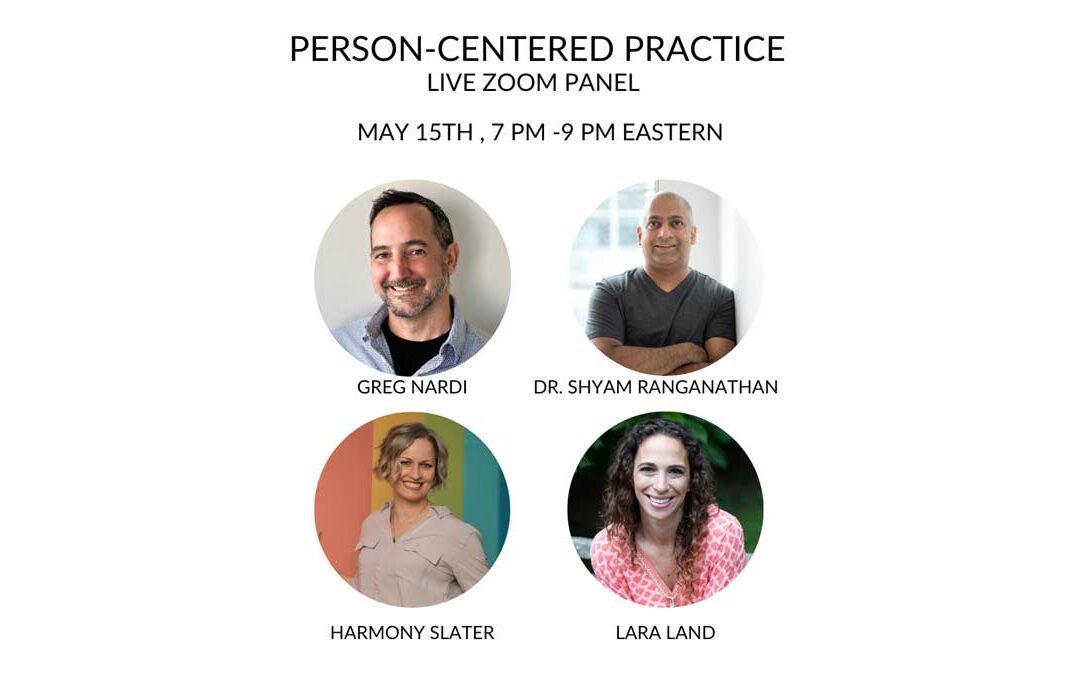
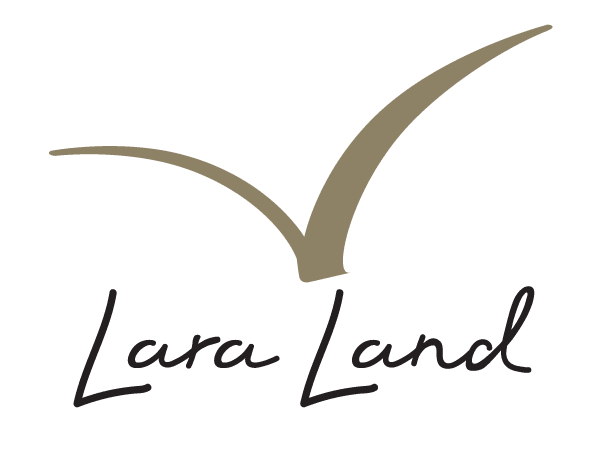
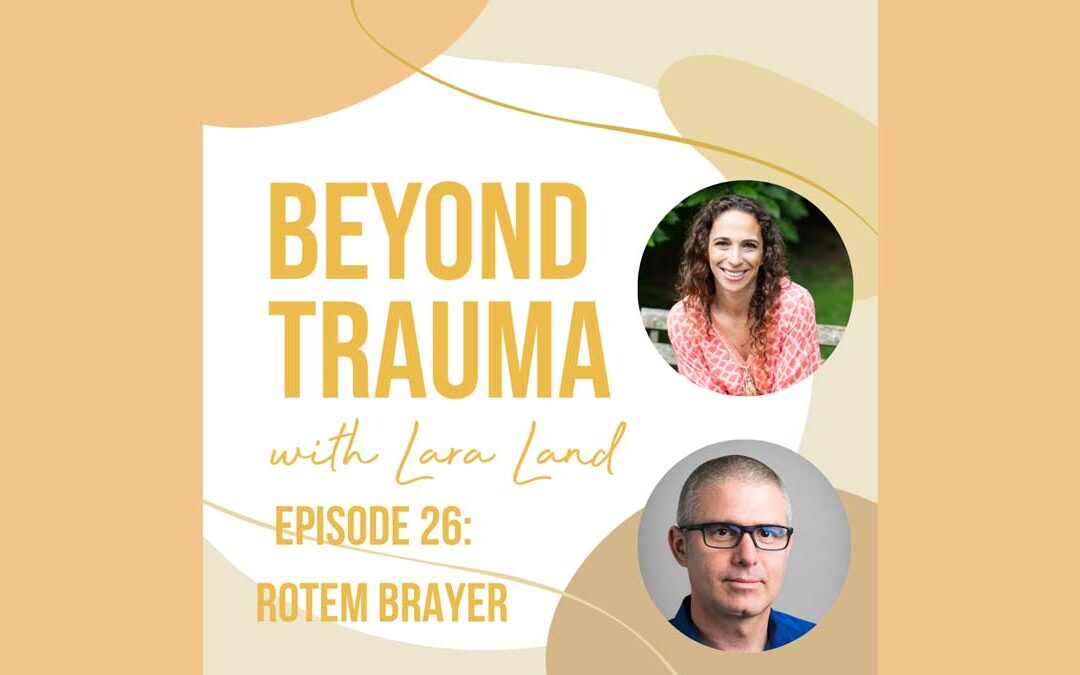



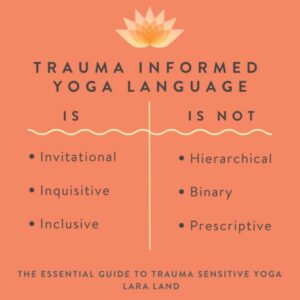
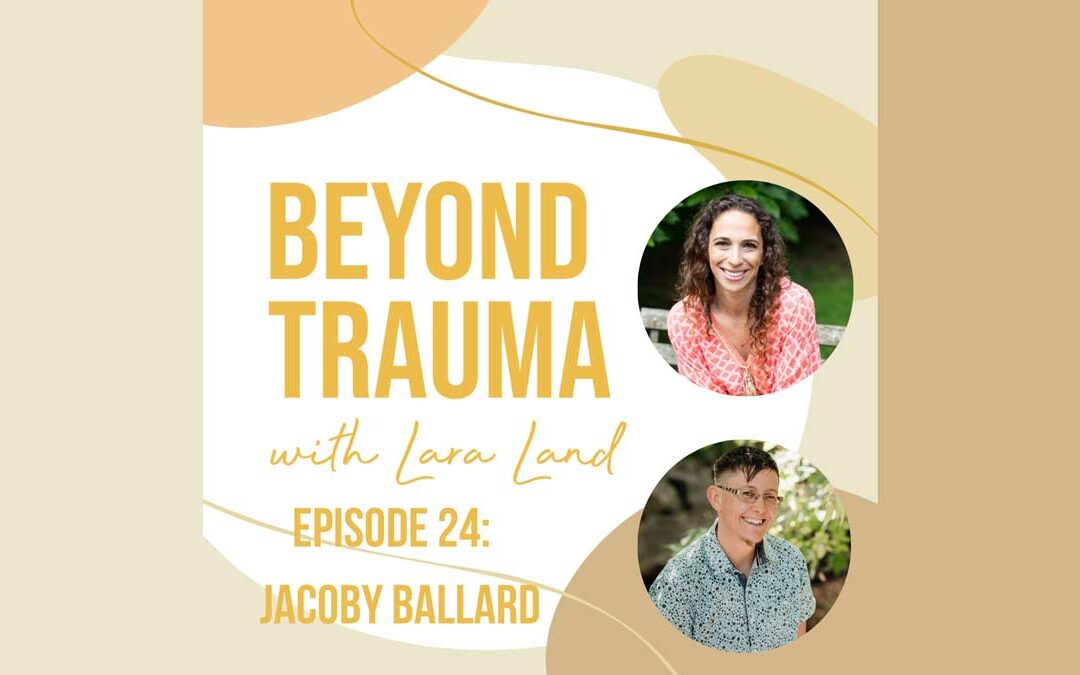
Recent Comments